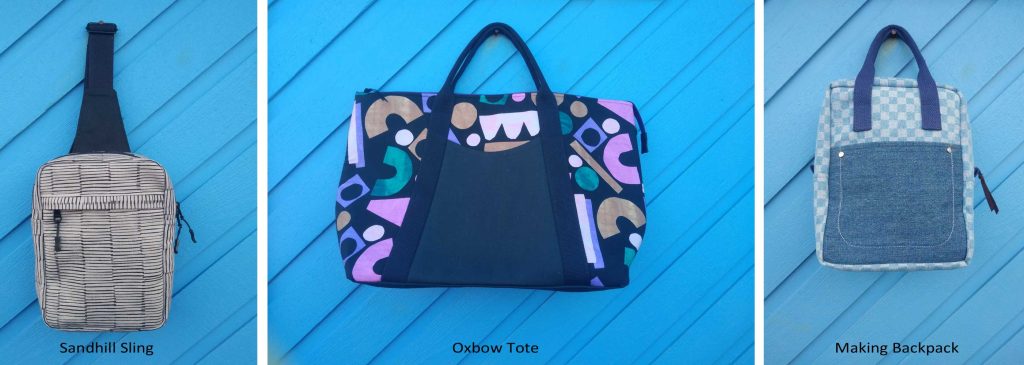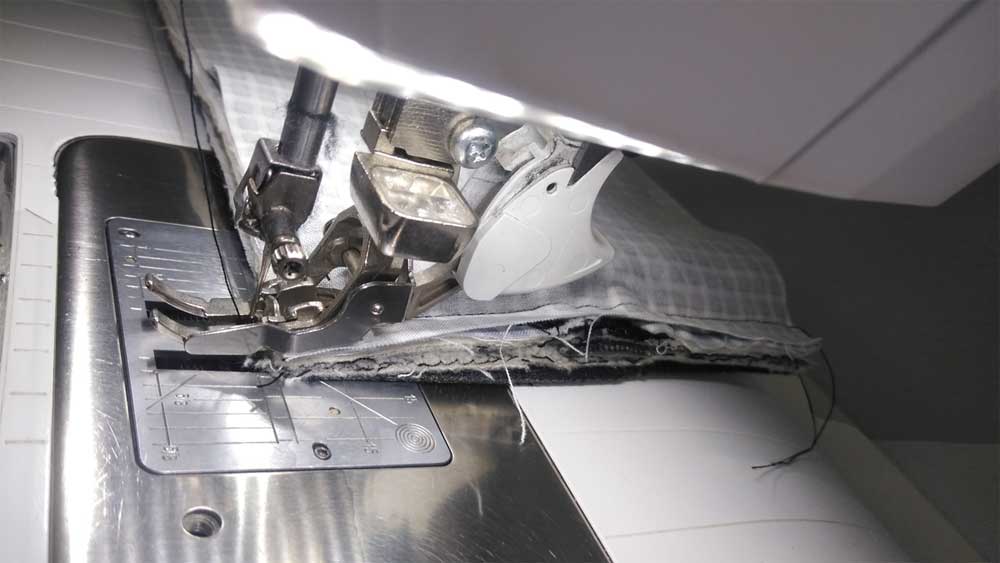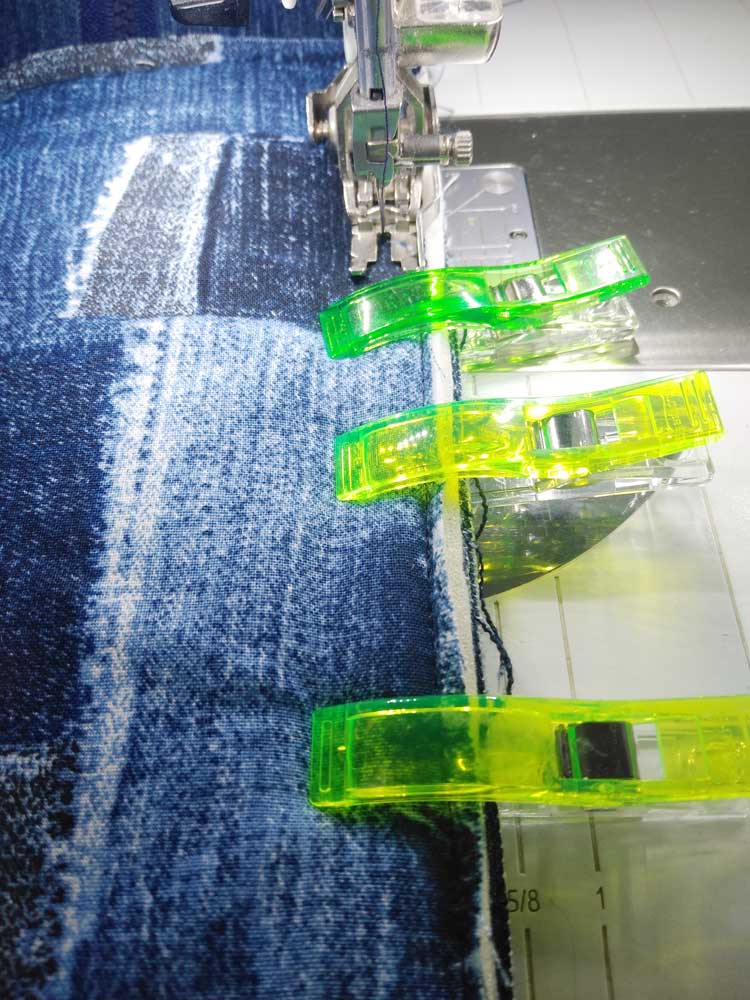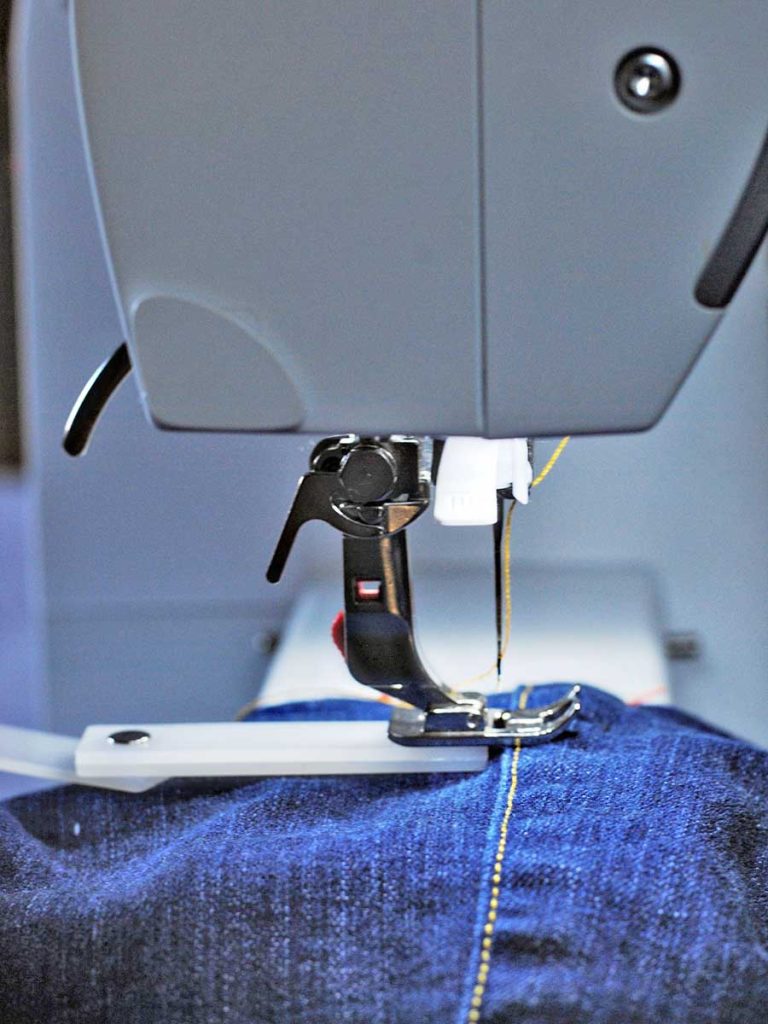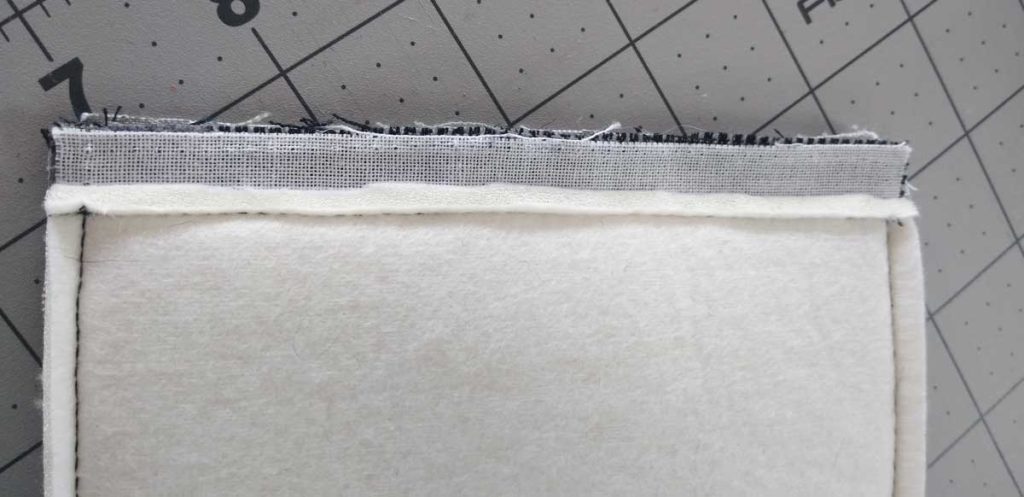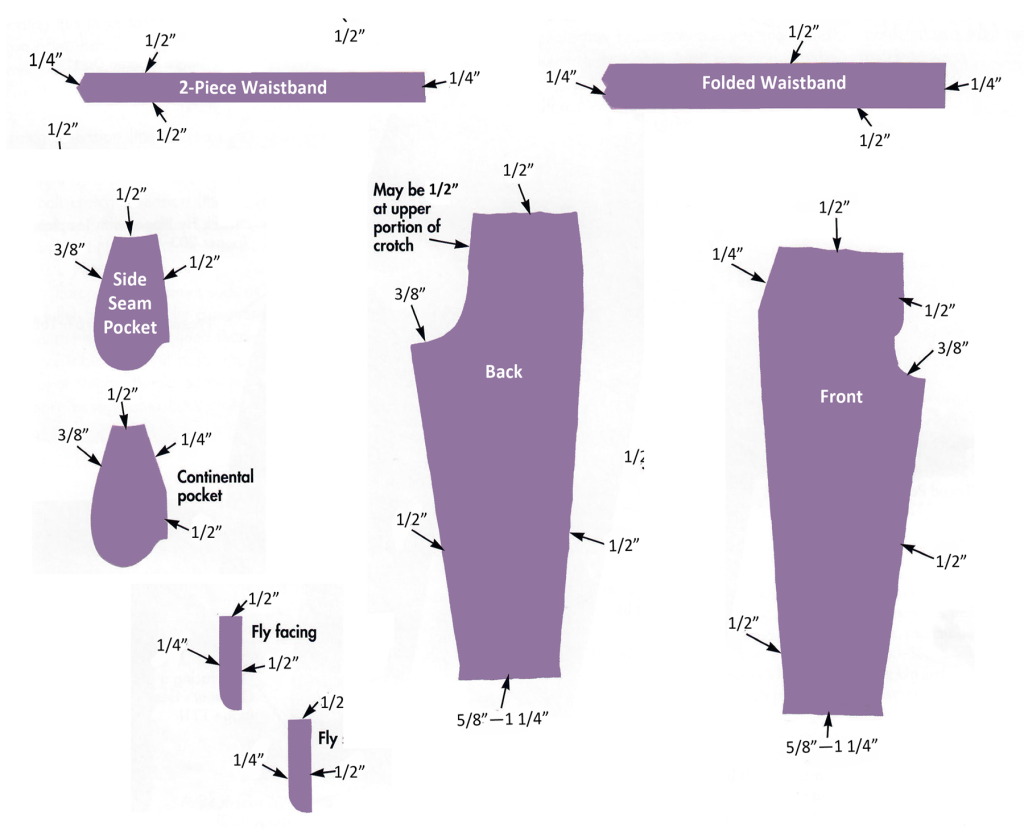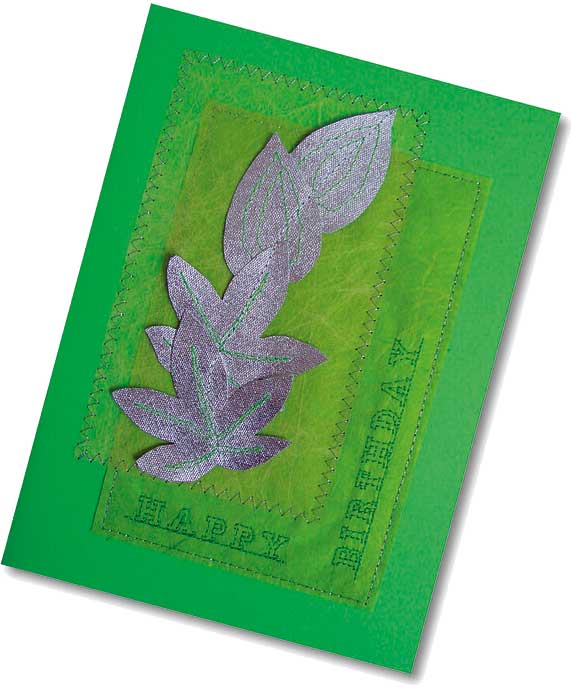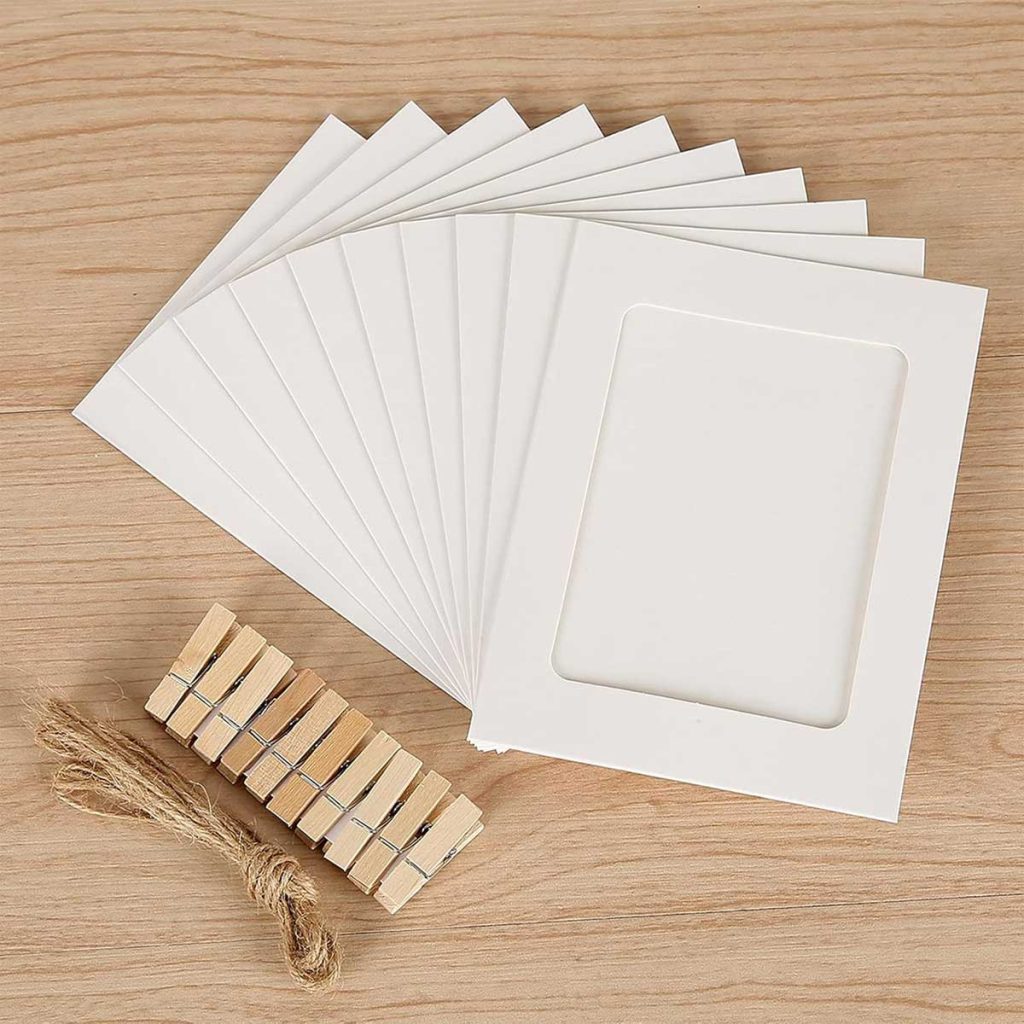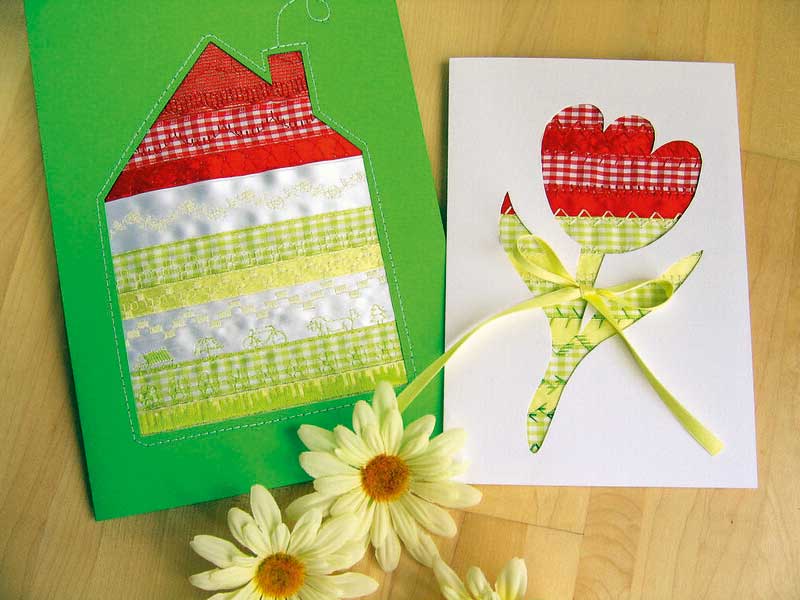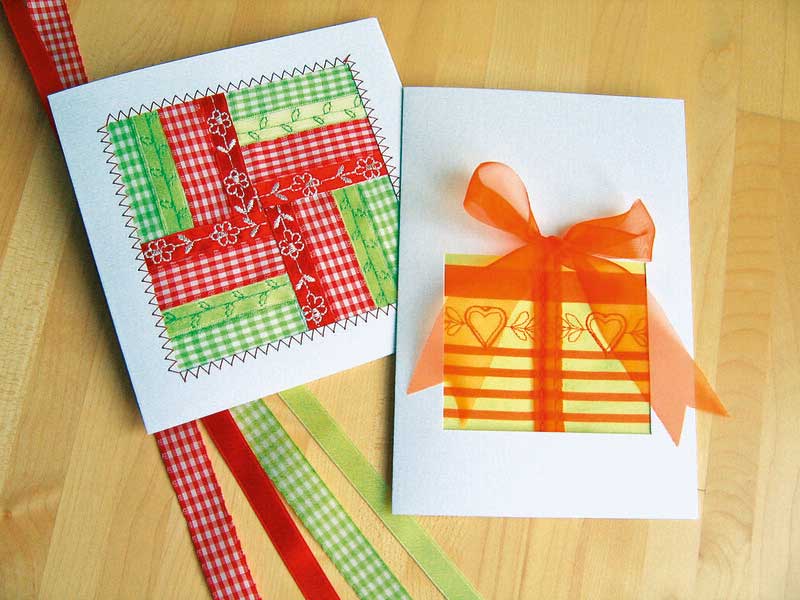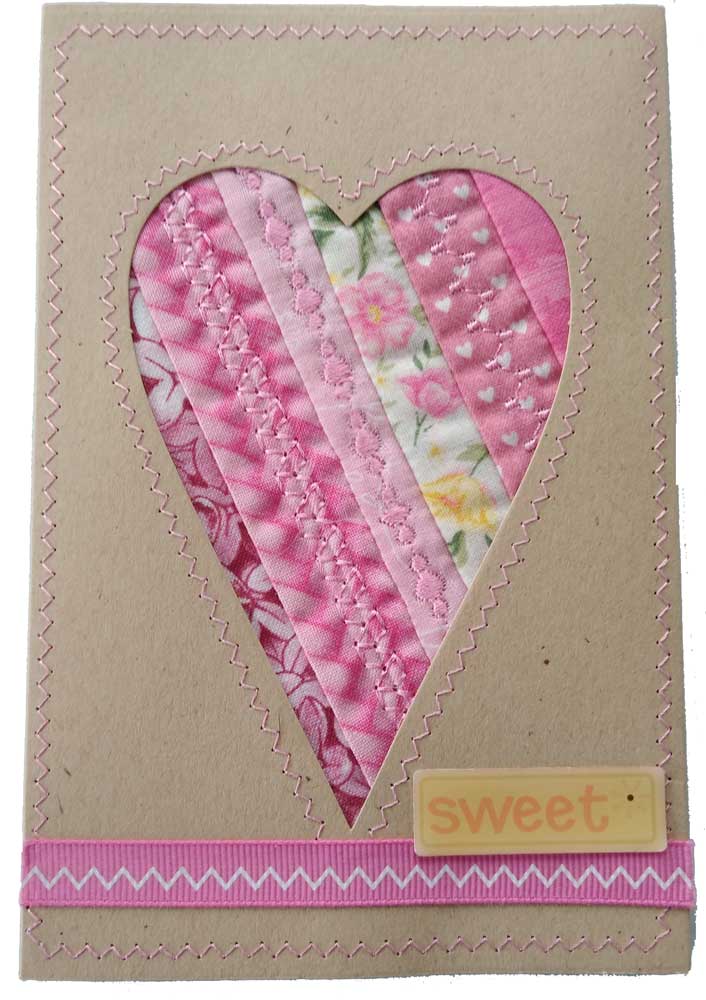The first time he walked by me, I wasn’t sure he even saw me. The second time, he did glance my way.
The third time, however, he paused and asked, “Are you OK?”
“Yes,” I replied, and he walked on.
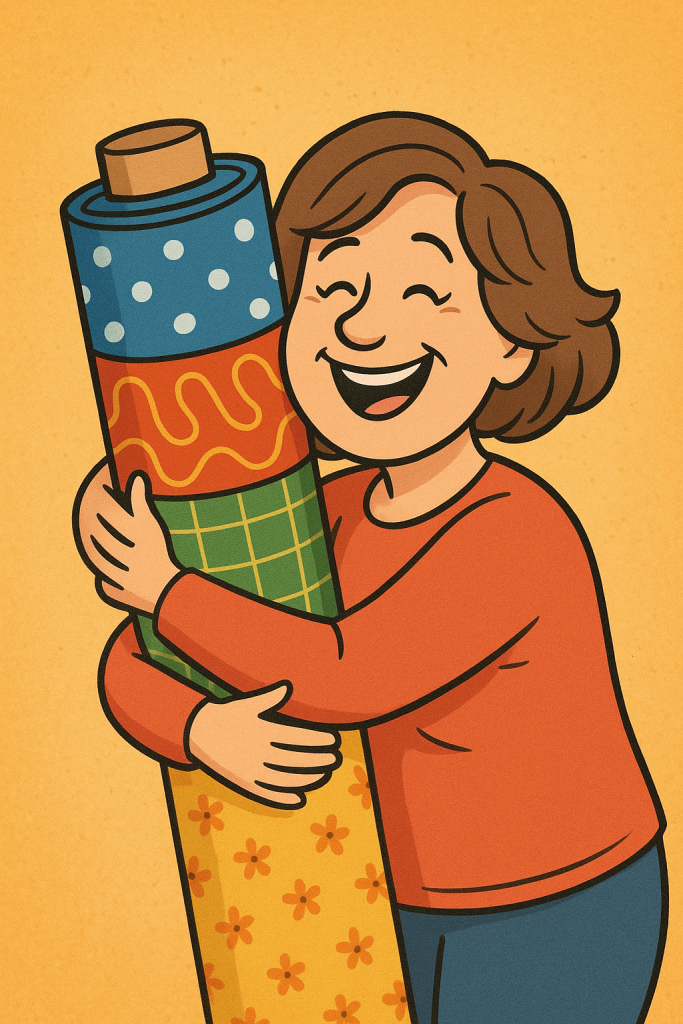
But it was the fourth time that he stopped and said, “What are you doing? Why are you just sitting there holding fabric?”
“Seeking creativity,” I responded.
The look on his face told me he didn’t understand, and no matter what I said, I knew he would never understand. Despite the fact that we have been together for nearly 50 years, he still doesn’t “get” my fascination with fabric. How could he? He has never sewn. He has never held a cozy velour and fantasized about all it could be—a jacket, a top, a robe, even a pair of pants.
He doesn’t understand the loving effort it takes to select the perfect embroidery design to use to embellish an otherwise plain fabric. He doesn’t understand the enjoyment of seeing the design come to life as the stitches form.
How could I explain to him the multitude of possibilities that were racing through my mind for that one piece of fabric? My imagination had been nearly overwhelmed with all the potential. I could make that fabric into anything I wanted. I could select the type of garment. I could select the pattern and cut. I could make changes that even the pattern designer never dreamed of. I just needed time to sit and think and hold the fabric . . . time to dream.
I suddenly had a flashback to my ninth grade home ec class when my teacher told us to ask the fabric what it wanted to be. She told us to hold the fabric and talk to it. I remember thinking she was nuts. I remember the look we gave her.
That was the same look on his face. Oh no, did he think I was losing it? Was he going to start watching me for signs of dementia? I quickly recovered and said, “I’m just tired. I got this fabric out to make something and am just resting a minute before I climb the stairs to the sewing room.”
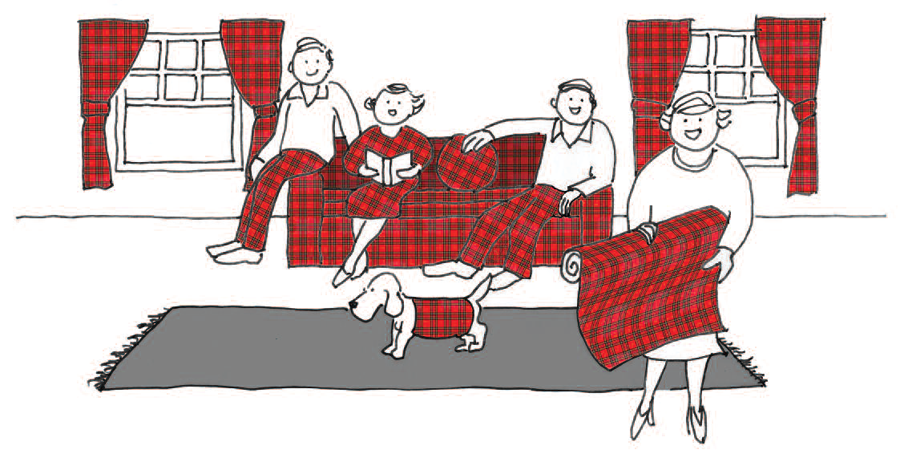
Relief flooded his face. Resting for a minute was something he could understand. “Oh,” he said, and off he went to his computer.
No, he would never understand my fascination with fabric or the process of creativity. He would not be able to talk the talk of designers. He would never just sit with me and experience the feel of a fabric. This was not something we could ever share. But that was OK. I was not alone. I picked up the phone and called an ASG sister.
There are just some things that only another sewer can understand.
Sometimes, we dig through the archives and find an oldie-but-goodie that we feel needs shared again. This article was written by Rosemary Fajgier who was a Princeton, N.J. Chapter founding member, was president of her chapter for four years and also served on the ASG National Board of Directors (BOD) as well as serving as National BOD Chair.





